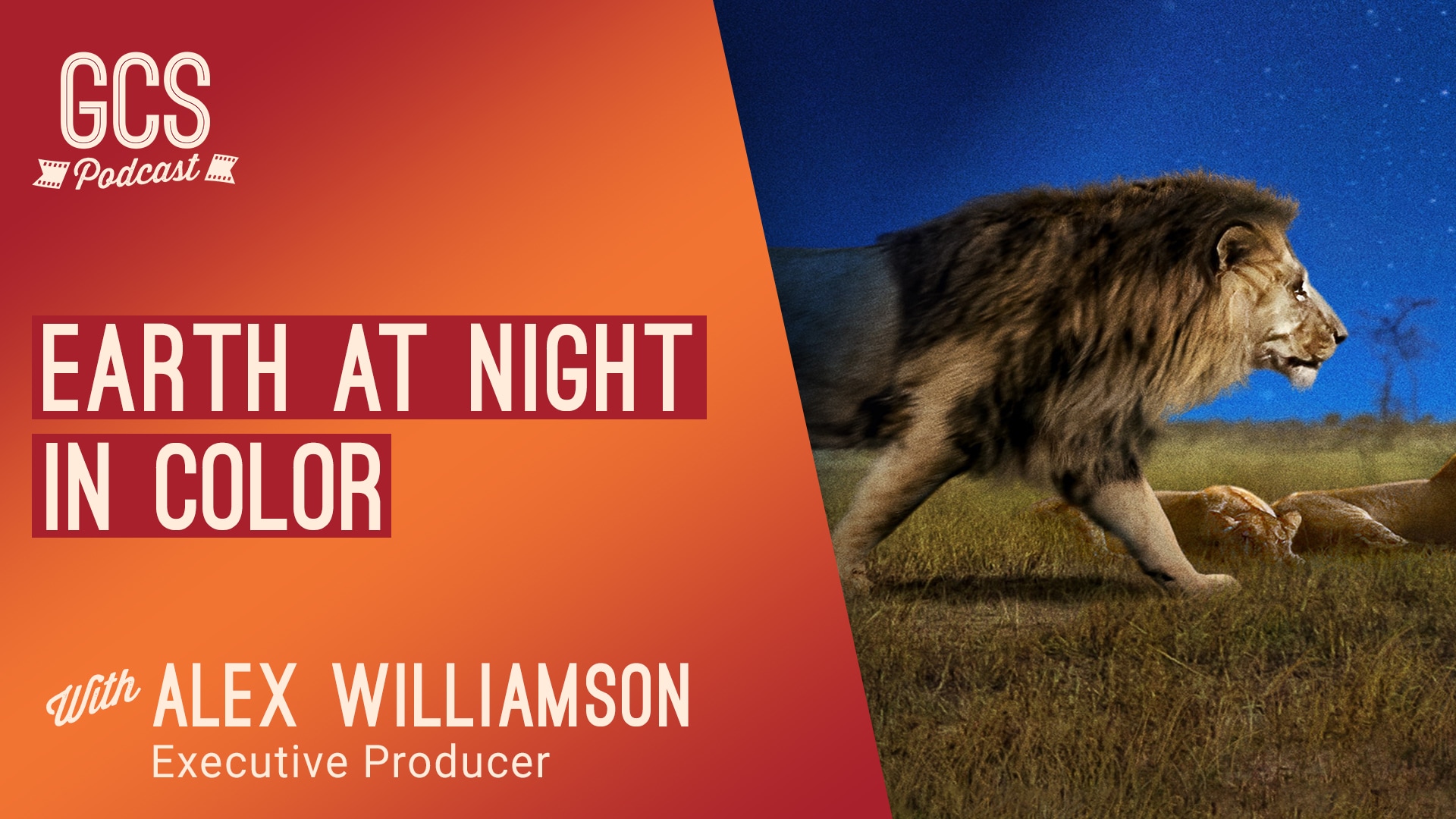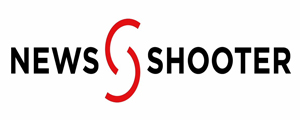Earth at Night in Color (with Alex Williamson)
Podcast: Play in new window | Download
Subscribe: RSS

Filming a wildlife documentary series shot entirely in darkness is now a reality! Thanks to technological advances in cameras, lenses and post production, executive producer Alex Williamson created EARTH AT NIGHT IN COLOR on Apple TV+ and gave viewers the ability to see the earth at night in vivid, remarkable color.
Alex and Go Creative Show host, Ben Consoli, discuss using special low-light camera technology and astronomy lenses, the challenges of using moonlight as your primary source of light, maintaining sharp focus in the dark, and more!
What you will learn in this episode:
- Filming Earth at Night in Color (02:19)
- Using moonlight as your primary light (09:33)
- Discovering new animal behaviors (15:24)
- Using low-light cameras and astronomy lenses (26:44)
- Using lights in the wild (39:07)
- Benefits of using infrared light (42:13)
- Maintaining a clear image at night (46:02)
- Finding the right narrator (51:26)
- How production was affected by the pandemic (54:26)
- And more!
Show Links
The Go Creative Show is supported by:
MZed – Education for Creatives
https://gocreativeshow.com/mzed
8 comments on Earth at Night in Color (with Alex Williamson)
Comments are closed.




During the podcast you mention posting links to the equipment actually used… especially the lenses. But there are no specifics in the cast and no links in the post here. Can we please get a list of equipment used.
Hey Alex, thanks for the heads up! We’ve updated the post to include links to the equipment. Thanks for listening! – Connor, producer
Ok but which Astro lens did they use specifically… the way he says it it sounded like a brand but probably wasn’t. The link you have included is just a link to the same roundup I found when searching for Astro lens and none of them approach the FOV the guest mentions even when you take into account the ME20’s built in lens extender. Could you please reach out to the guest and get some specificas for the show notes/links.
From the Cheetah Plains episode, they were using a Leica APO-Telyt-R
That was a very interesting interview. I’ve been trying to find out the exact gear used and it’s not been easy. I assumed the ME20 was used but I would be interested to know which full spectrum camera/ cameras they used.
They must have spent a long time getting the perfect noise reduction in post production as well as doing some substantial colour correction with the infrared cameras to normalise the colours.
Thanks Philip for listening and your support of the Go Creative Show! – Connor, producer
Ok but which Astro lens did they use specifically… the way he says it it sounded like a brand but probably wasn’t. The link you have included is just a link to the same roundup I found when searching for Astro lens and none of them approach the FOV the guest mentions even when you take into account the ME20’s built in lens extender. Could you please reach out to the guest and get some specificas for the show notes/links.
Hello Alex,
I want to thank you for creating such a spectacular show using cutting-edge equipment. I am a research scientist living in Mexico and I have been working on monarch butterfly protection and conservation for many years. After watching your film, I thought that the technology that you used could be incredibly useful to determine the density of monarch butterfly populations at their overwintering grounds in Mexico. Please let me know how I can contact you and explain more about this idea. Ever since the monarch colonies were “discovered” to the outside world people have been estimating the area of forest covered by monarchs. The problem is that we have not been able to determine the density of such colonies and we really don´t know how many butterflies there are. Monarch butterflies are very active during the day but they all group together in their clusters at night. This is why I believe that the technology that you used could help us determine this information. Would you be interested in being part of this project? Please let me know. Thank you very much,
Pablo